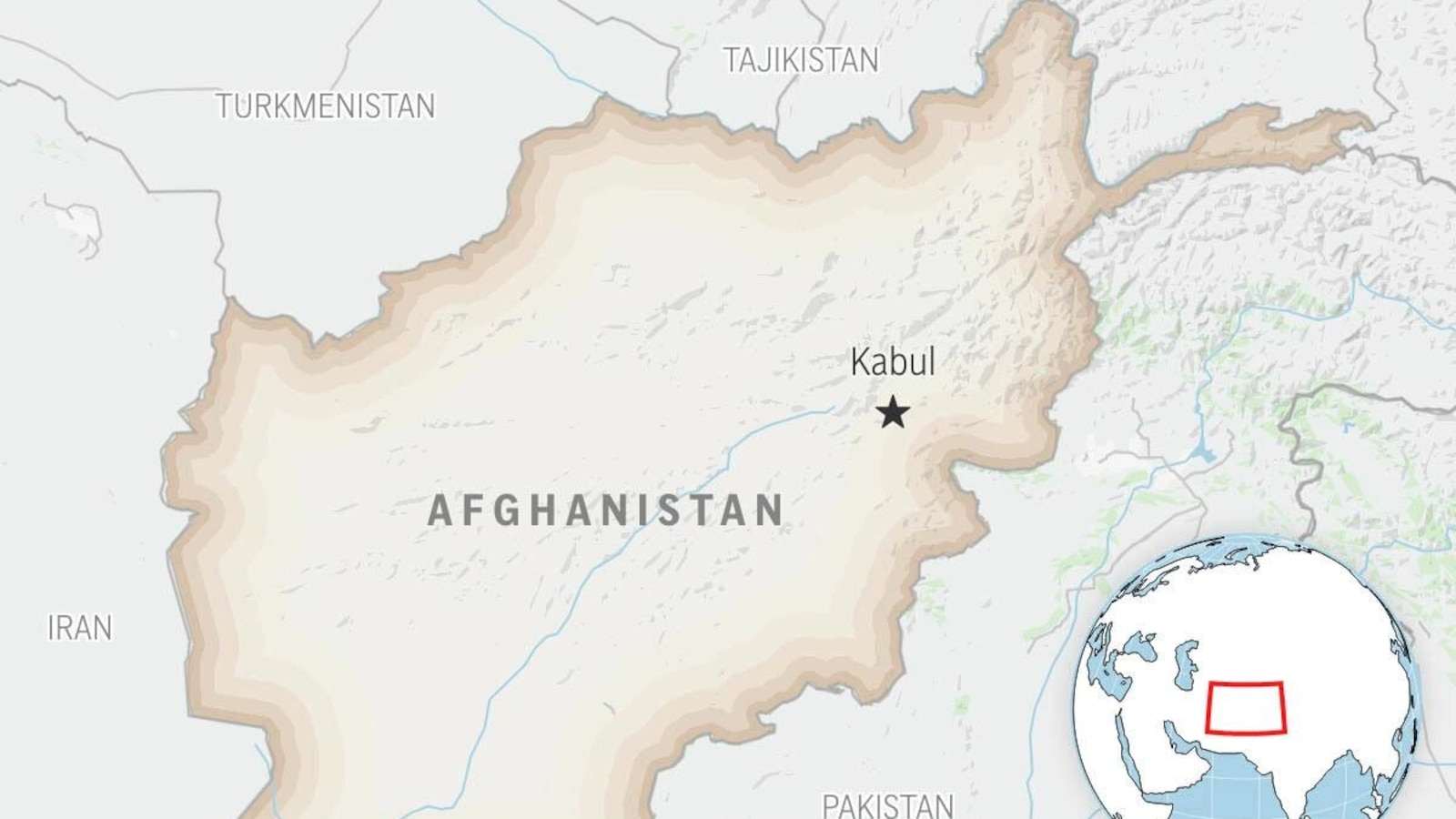6.0 magnitude earthquake strikes southeastern Afghanistan near Pakistan border
The U.S. Geological Survey reported a magnitude 6.0 temblor late Sunday with no immediate reports of damage.
6.0 magnitude earthquake strikes southeastern Afghanistan near Pakistan border
The U.S. Geological Survey reported a magnitude 6.0 temblor late Sunday with no immediate reports of damage.
A magnitude 6.0 earthquake shook southeastern Afghanistan near the Pakistan border late Sunday, the U.S. Geological Survey said, but there were no immediate reports of injuries or damage. The quake’s epicenter was located about 36 kilometers (22 miles) north of Bāsawul, Afghanistan, and it occurred at a shallow depth of 10 kilometers (6.2 miles), the USGS said.

The USGS recorded the event at 11:47 p.m. local time Sunday. Officials and media outlets had not immediately reported casualties or infrastructure damage in the hours after the quake. The affected area lies in a mountainous and sparsely populated part of southeastern Afghanistan near the international boundary with Pakistan, where communications and assessments can be slow to reach national and international agencies.
Shallow earthquakes, such as the one recorded at a depth of about 10 kilometers, often produce stronger shaking at the surface than deeper events of the same magnitude, according to seismological principles. Authorities typically monitor such events for possible aftershocks and to assess potential impacts on communities and critical infrastructure.
The region has a recent history of powerful seismic activity. On Oct. 7, 2023, a magnitude 6.3 earthquake struck Afghanistan and was followed by strong aftershocks. That disaster resulted in significant loss of life and widespread destruction: the Taliban government estimated at least 4,000 people perished, while the United Nations put the figure at about 1,500. The Oct. 2023 event was described by officials and aid agencies as the deadliest natural disaster in Afghanistan in recent memory, highlighting the country’s vulnerability to earthquakes and the challenges of emergency response in its rugged terrain.
Seismic events in Afghanistan frequently affect remote communities where buildings are often constructed without earthquake-resistant design and where access by road can be limited. Humanitarian groups and government agencies have in past catastrophes faced hurdles reaching affected areas quickly, complicating initial casualty counts and damage assessments. International monitoring agencies, including the USGS, provide rapid preliminary information on earthquake location, depth and magnitude, which national authorities and relief organizations use to prioritize follow-up assessments.
As with many earthquakes in the region, cross-border effects can be of concern because tremors sometimes extend into neighboring Pakistan, where population centers and infrastructure may be impacted. For this event, no official reports from Pakistani authorities were immediately available in the initial hours after the quake.
Emergency services, local authorities or international aid organizations had not issued public statements in the immediate aftermath of the quake, according to available reports. The lack of immediate damage reports does not preclude later findings of harm, particularly in isolated districts where telecommunications and transportation links are limited and where on-the-ground surveys can take time.
The USGS and other seismological networks typically continue to update event parameters and issue notices if significant aftershocks occur or if further information about impacts becomes available. Residents in quake-prone areas are often advised by officials and aid agencies to be alert for aftershocks, to check buildings for structural damage, and to follow any instructions from local authorities regarding safety and access to assistance.
International observers and humanitarian organizations have in the past called for rapid assessments and increased preparedness in Afghanistan following major earthquakes, given the country’s exposure to seismic risk and the potential for high casualties when large events strike inhabited areas with vulnerable infrastructure. The contrasting death toll estimates from the Oct. 2023 disaster underscored both the scale of destruction that a strong earthquake can inflict in Afghanistan and the difficulties in obtaining rapid, consistent casualty figures across different reporting entities.
At the time of the initial reports Sunday night, monitoring agencies were collecting further seismic data to refine the event’s parameters and to track any subsequent activity. Authorities and media outlets were expected to provide updates as more information on the quake’s impacts and any humanitarian needs became available.
Sources
- https://abcnews.go.com/International/wireStory/60-magnitude-earthquake-shakes-southeastern-afghanistan-pakistan-border-125142935